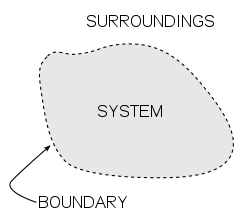How open core runs afoul of the paid-free boundary


That means more than pleasing tech bloggers, who would probably change their boundaries anyway to keep the discussion going. It's more about relating to developers, deciding where they should be able to contribute and where your team can go it alone.
Terracotta's idea, to give developers the tools to do whatever the full product can do but charge operators for valuable functions they can then install quickly, makes sense to me.
Trouble comes when your boundary is easily crossed, like Sugar 6's user interface.
The problem in this case is that SplendidCRM, which aims to match Sugar's features under Windows, was able to replicate that User Interface and place it in its community edition, giving it a leg up in the marketplace. (Thanks to SplendidCRM spokesman David Turner for pointing this out.)
If everything in your "secret source" isn't rock solid and golden, you can also create trouble for yourself, as Eucalyptus recently found out.
NASA chief technology officer Chris Kemp told The Register recently that the rival OpenStack system evolved only after his team tried to contribute code back to Eucalyptus, and found it conflicted with the secret source.
NASA thought its solution was better, and after building a compute engine and fabric controller from scratch, they basically used Rackspace as their commercial arm and OpenStack may now give Eucalyptus a run for its money, especially in the U.S. government market.
So it's not just existing competitors you have to watch out for in setting your boundary. You also need to watch out for collaborators who might become competitors.
My own view on this is some flexibility is called for. Allowing the boundary to be re-set, based on input from your community, may well become a necessity.
Don't think of the open core boundary as being one between countries. Think of it as a cellular boundary.